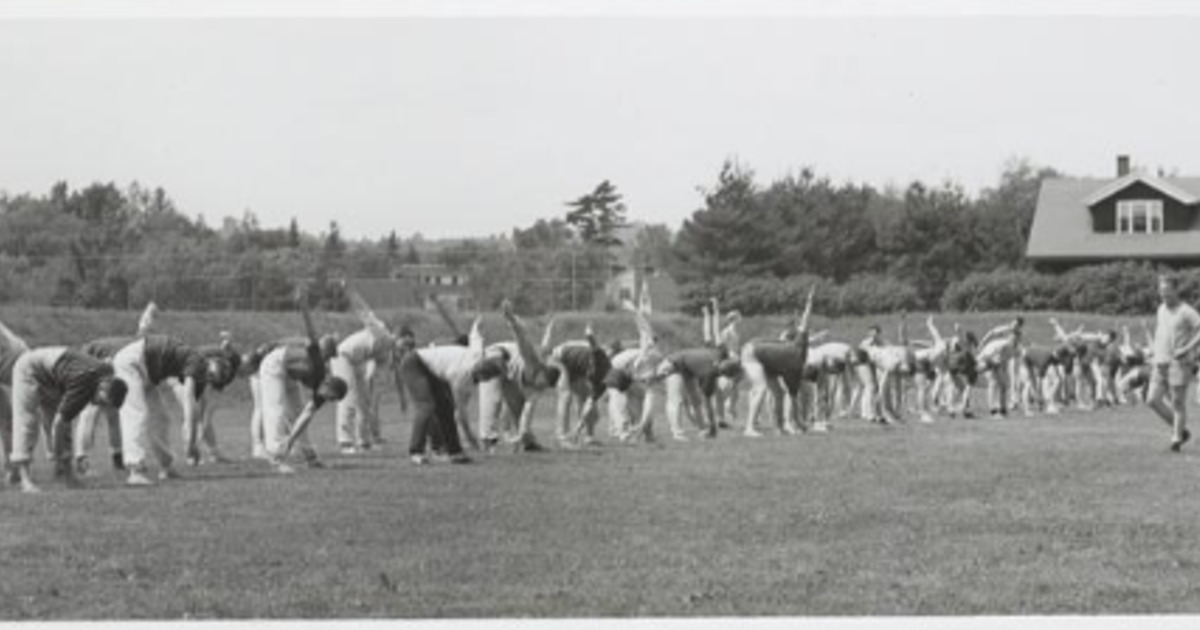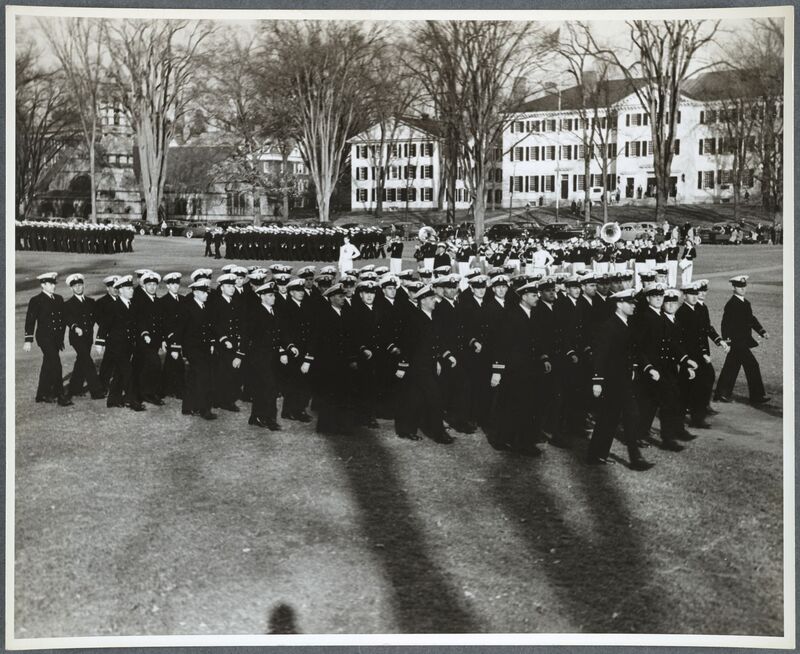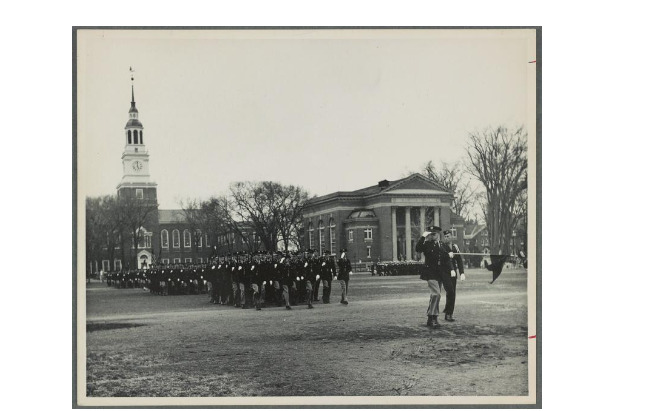Through the Looking Glass: Towards a Better Understanding of ROTC's Roots at Dartmouth
Why was ROTC at Dartmouth in the first place?
To understand the centrality of ROTC at Dartmouth in the 1950s and 1960s, we must first be cognizant of its ties to broader institutions of militarization. ROTC became interwoven into the campus culture at a time in which broader policies oriented the U.S. towards a stature of military preparedness vis-a-vis communist nations. While Dartmouth had maintained connections to military service dating back to the Revolutionary War, its embrace of ROTC was anomalous to Dartmouth's history and instead a byproduct of the Vietnam War -- particularly the combined pressures created by the Selective Service Cold War policies.
Before the (Iron) Curtain Draws: The Genesis of U.S. Military Manpower Supply Policies
Recognizing shifting tides in the geopolitical landscape and sensing imminent U.S. involvement, military officials began to introduce the concept of peace-time preparedness as early as 1912. In that year, the War Department General Staff released a mobilization plan which declared that military preparedness could only be ensured by a "federal reserve trained in time of peace." This anticipatory sentiment gave rise to different strategies intended to not only spark interest in military service amongst young American men but also cultivate community tolerance towards militarization. For example, President Warren Harding's Chief of Staff, General Leonard Wood, devised military summer camp programs to expose college-aged men to military training. General Wood's emphasis on military preparedness through the recruitment of young college men is argued to have paved the way in part for the 1916 National Defense Act's formalization of ROTC programs.
The 1916 National Defense Act came too late for a genuine manpower contribution to the WWI effort. However, roughly 225 higher educational institutions had established ROTC units by 1928, commissioning an estimated 6,000 second lieutenants per year. In WWII, ROTC programs supplied over 100,000 college-educated reserve officers. And, during the Korean War, about seventy percent of the 26,800 lieutenants called to active duty were ROTC graduates. As Cold War policies formed, U.S. military policy began to consider ROTC programs as a principal source of active duty and career officers as opposed to solely a source of emergency reserve officers.
During this period, Dartmouth established connections to the military through the Navy's V-12 program. Of the 130 universities which participated, Dartmouth hosted the highest number of participants at 2,000 commissioned officers. However, it was not until 1945 when Dartmouth formalized its ties and establisheda Navy ROTC unit on campus. The establishment of Army and Air Force units quickly followed suit in 1951.
Another strategy to support peacetime preparedenss manifested in conscription, On September 16, 1940, the U.S. signed the first peacetime "draft" into law. Roughly two-thirds of all men who served in WWII had been inducted by the Selective Service Training and Service Act. After the Act's expiration in 1947, the Truman administration renewed it in 1948. The draft acted as a supplementary yet focal institution to U.S. military policy, expanding its manpower supply through a constant infusion of young men. Even still, the culture of rapid militarization had yet to truly take flight until the intensification of Cold War-era policies in the 1950s and 1960s.
The (Iron) Curtain Draws: Consequences of the Institutionalization of Cold War Policies and the Selective Service
In the early 1950s, the Truman administration's National Security Council concluded that the only feasible method to deter widespread Soviet influence was through the rapid build-up of military strength. As a result, Truman almost tripled defense spending as a percentage of gross domestic product in just over three years (U.S. Department of State). This build-up permeated all levels of U.S. military policy, especially manpower procurement.
During this period, the military identified college-aged men as the solution to its supply problem. In an Army ROTC pamphlet penned by U.S. Army Secretary Wilber Brucker, Brucker centered military policy around the recruitment of bright, college-educated men. He emphasized the U.S. Military Academy's inability to provide enough officers to satisfy the military's need. And, he highlighted how current global events required an arsenal of leaders with knowledge and judgment. Brucker writes:
"The Army needs, as never before, young men with diverse educational backgrounds not only in the sciences, but in the arts and letters, men of vision, imagination, and courage, men capable of developing into MacArthurs and Eisenhowers."
Coupled with militarization came a shifting understanding of the draft's role in society. As the U.S. embarked on the struggle against communism, an absence of an immediate military effort yet the continuation of conscription indicated to young men that the draft would be a permanent addition to the American social fabric. Amy J. Rutenberg describes how the draft "channeled' young men to defer conscription in pursuit of careers of national interest or pressured them to enlist in a military branch to have more autonomy over their inevitable service commitment.
Although it is often argued that Dartmouth has a rich, unbroken connection to military service, the campus culture of the 1950s and 1960s stands as an anomaly within Dartmouth's broader history and can be considered a byproduct of the institutionalization of rapid militarism during the Cold War. It is no coincidence why Dartmouth formalized its ROTC units during the late 1940s and early 1950s -- the time period was the precipice of rapid militarization in the U.S. During this period, college-aged men were forced to navigate myriad structural constraints which the Selective Service and Cold War policies created.





